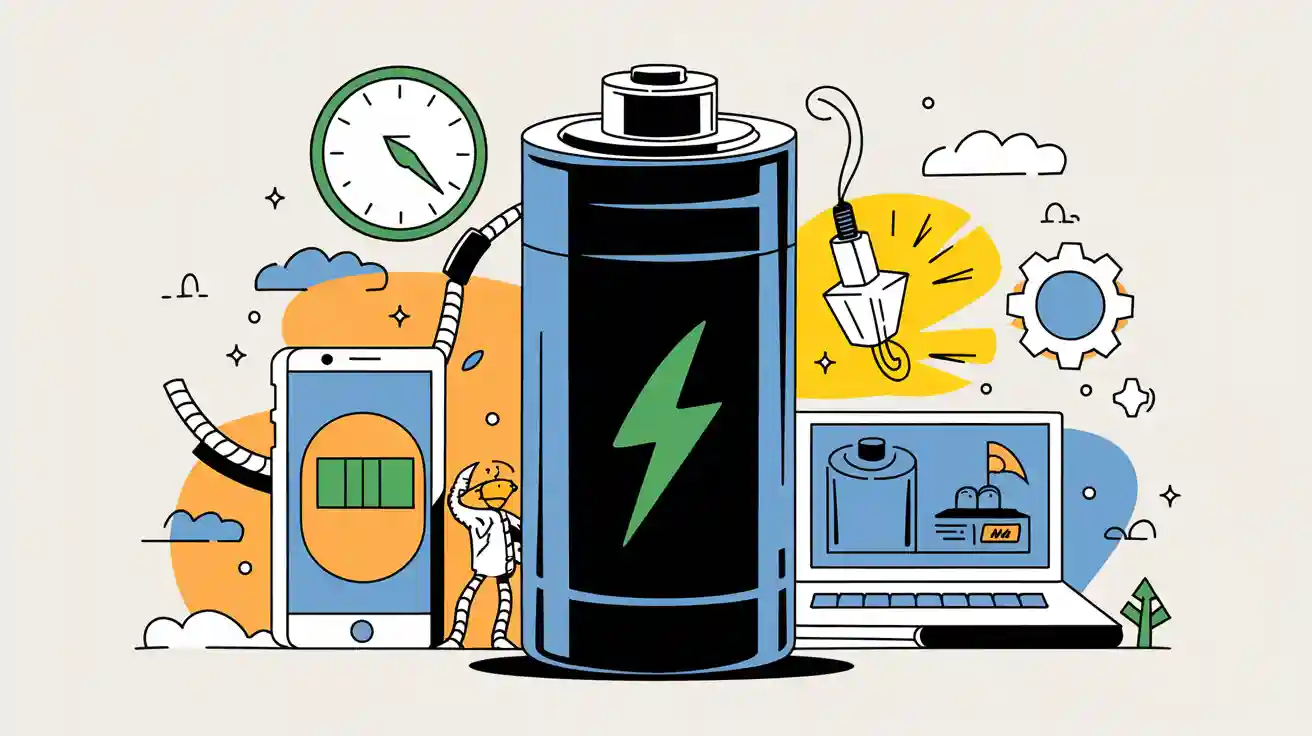
To learn how to maximize runtime of lithium battery packs, it’s important to keep charge levels between 20% and 80%. Using partial charging cycles while avoiding both full charges and deep discharges can significantly improve battery life. Additionally, maintaining a stable ambient temperature and choosing high-quality, automated assembly processes are key factors. Studies demonstrate that by applying optimized charging methods and precise temperature control, you can extend the battery lifespan by up to 18 times.
Key Takeaways
Keep your lithium battery charged between 20% and 80% to reduce wear and extend its lifespan significantly.
Maintain stable, moderate temperatures and avoid high loads to prevent damage and keep your battery performing well.
Store batteries at about 50% charge in a cool, dry place and perform regular maintenance checks to ensure long-term health and safety.
Part 1: Charging Tips
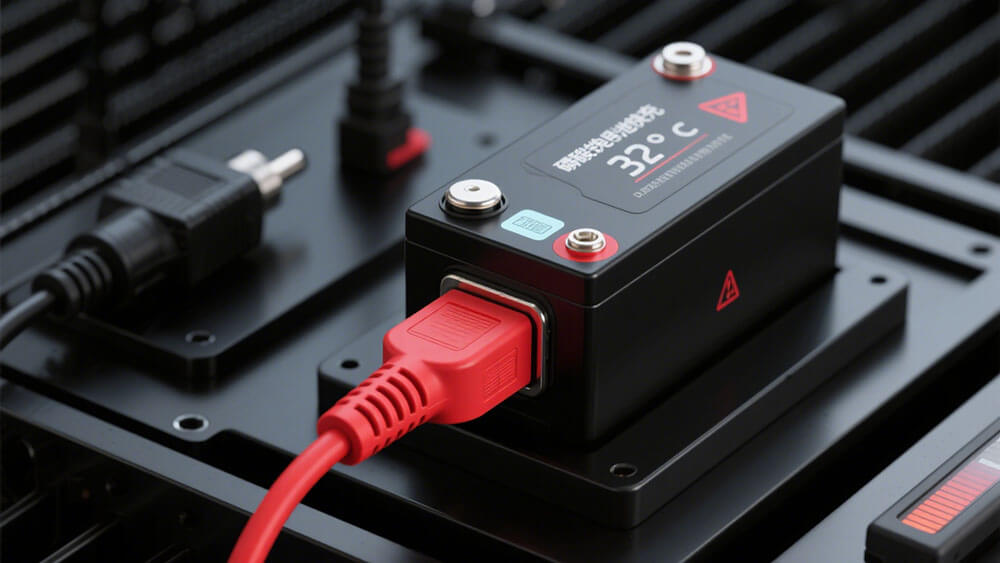
1.1 Avoid Overcharge/Deep Discharge
You can extend the lifespan of your lithium ion battery packs by following a simple rule: keep the state of charge between 20% and 80%. Avoiding both full charges and deep discharges reduces internal stress and chemical degradation.
Tip: Unplug your battery at 80% whenever possible and never let it drop to 0%.
Manufacturers such as Tesla implement charge/discharge buffers for this reason. Deep discharges trigger lithium metal buildup and electrode damage, while overcharging accelerates capacity loss. Real-world data shows that cycling at 80% depth of discharge can nearly double the cycle life compared to 100% DoD. These tips are essential for applications in medical, robotics, and industrial sectors.
1.2 Balanced Charging
Balanced charging ensures each cell in your lithium ion battery pack charges evenly. Without balancing, the weakest cell limits the usable capacity and shortens the overall lifespan. Battery Management Systems (BMS) monitor and balance cells, preventing overcharge or deep discharge of individual cells. Research confirms that charging only to 80% and using smart balancing strategies can significantly extend cycle life and maintain optimal performance.
For more on BMS operation, see Battery Management System Operation & Components.
1.3 Lithium Ion Battery Chargers
Always use manufacturer-recommended chargers for your lithium ion battery packs. Chargers designed for your battery’s chemistry and voltage prevent overheating, lithium plating, and capacity fade. High-frequency chargers with integrated BMS features offer better energy efficiency and safety. Avoid third-party chargers, especially for LiFePO4 packs, as improper charging protocols can reduce lifespan and cause costly downtime.
Charging Practice | Impact on Lifespan | Recommended For |
|---|---|---|
20–80% SoC cycling | Maximizes | All lithium ion battery packs |
Balanced charging (BMS) | Maximizes | Multi-cell packs |
Manufacturer’s charger | Maximizes | All chemistries |
Part 2: Usage and Discharge
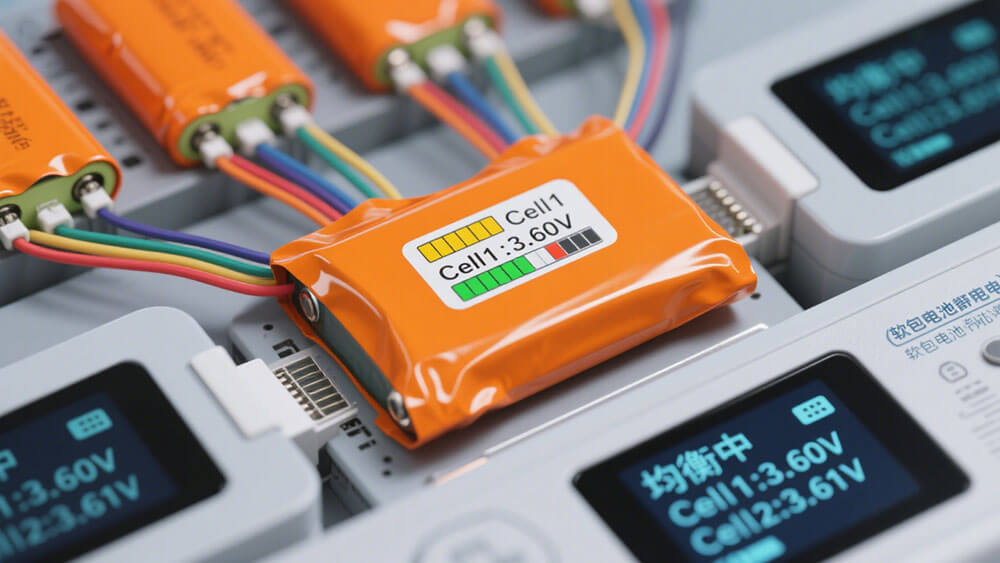
2.1 Discharge Rate
You should always keep discharge rates low to maximize the lifespan of lithium-ion batteries. High discharge currents increase internal heat and accelerate chemical wear. For best results, limit charge and discharge currents to less than 0.2C. Field data shows that maintaining a low depth of discharge (DoD) below 10% and using low currents can extend cycle life to 5,000–25,000 cycles.
Lower discharge current reduces stress on battery cells.
Every 0.1V reduction in state of charge can double cycle life.
Discharge current is less critical than charging current, but lower is better if you avoid overheating.
2.2 Temperature Control
Operating lithium-ion batteries within the optimal temperature range is essential for safety and performance. Use the table below to understand how temperature affects capacity retention and impedance:
Temperature Condition | Capacity Retention (%) | Impedance Change | Additional Notes |
|---|---|---|---|
-10°C | 70% | Rapid increase | Internal resistance rises sharply |
0°C | 85% | N/A | Reduced capacity |
25°C (room temp) | 100% | Baseline | Optimal capacity |
45°C | N/A | N/A | High temp damages battery over time |
85°C | 7.5% loss after 26 cycles | 100% increase | Moderate degradation |
Keep batteries at room temperature for best results. Avoid charging below 0°C or operating above 45°C to prevent irreversible damage.
2.3 Avoid High Loads
You should avoid high loads to prevent premature degradation. Studies confirm that higher cycle depth and load conditions cause particle cracking and loss of electrode material. This leads to reduced electrolyte conductivity and lithium diffusivity, which shortens the lifespan of lithium-ion batteries. Consistent moderate loads help maintain even operation and capacity retention.
2.4 Remove Cases When Charging
Remove protective cases from battery packs during charging. Cases trap heat, increasing the risk of overheating and reducing battery lifespan. This simple step ensures better airflow and thermal management.
Tips: Always charge lithium-ion batteries in a well-ventilated area and monitor temperature during operation.
Part 3: Storage Guidelines
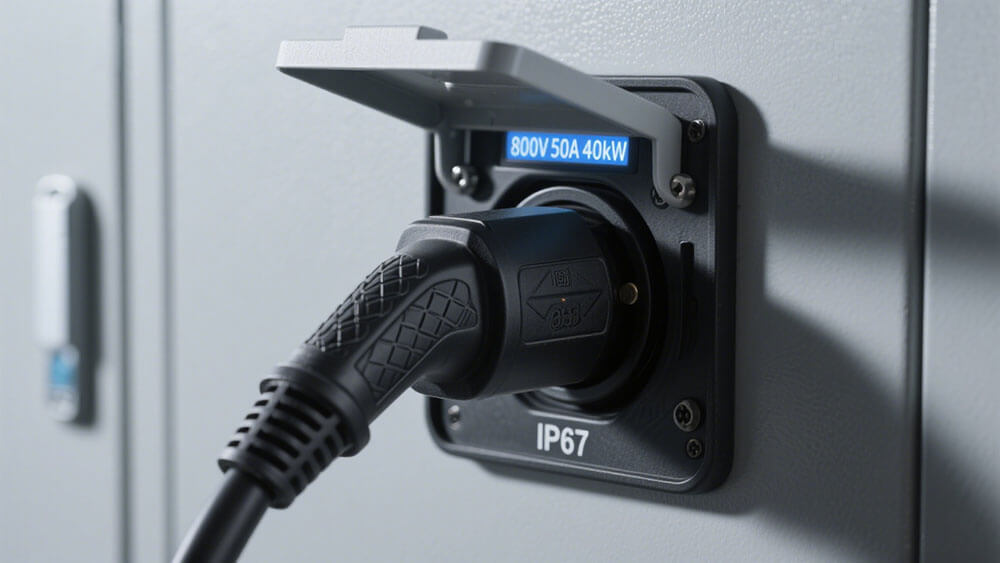
3.1 State of Charge
You should store lithium-ion batteries at about 50% state of charge for the best long-term results. Partial charge storage helps maintain battery health and prevents irreversible chemical damage. Research shows that accurate state of charge (SOC) monitoring and control play a critical role in extending battery lifespan. Advanced machine learning and physics-based models confirm that keeping SOC within optimal ranges reduces capacity loss and slows aging.
Store batteries at 50% SOC for long-term storage.
Recharge when capacity drops to 10–20%.
Avoid full discharge to prevent permanent damage.
3.2 Storage Environment
You must keep lithium-ion batteries in a cool, dry place. Industry experts recommend a storage temperature between -7°C and 35°C (20°F to 95°F). Extreme heat or cold can cause lithium plating, thermal runaway, or accelerated aging. Scientific studies confirm that maintaining an operating temperature close to 25°C and cycling at low depth extends battery lifespan and reduces environmental impact.
Tips: Use thermal management systems and intelligent BMS with temperature sensors for large battery packs in medical, robotics, and industrial applications.
Storage Condition | Recommended Range | Impact on Lifespan |
|---|---|---|
State of Charge (SOC) | 50% | Maximizes lifespan |
Temperature | 20°F to 95°F (-7°C to 35°C) | Prevents degradation |
Humidity | Low | Reduces corrosion risk |
3.3 Periodic Checks
You should inspect lithium-ion batteries regularly to detect early signs of wear or damage.
Check for swelling, discoloration, or leaks.
Monitor for unexpected shutdowns or changes in charging speed.
Use battery health apps to track capacity and cycle count.
After six months of storage, check charge status and recharge if needed.
Regular checks help you maintain safety and maximize the lifespan of your battery packs. For custom battery solutions, consult our OEM/ODM service.
Part 4: Maintenance and Monitoring
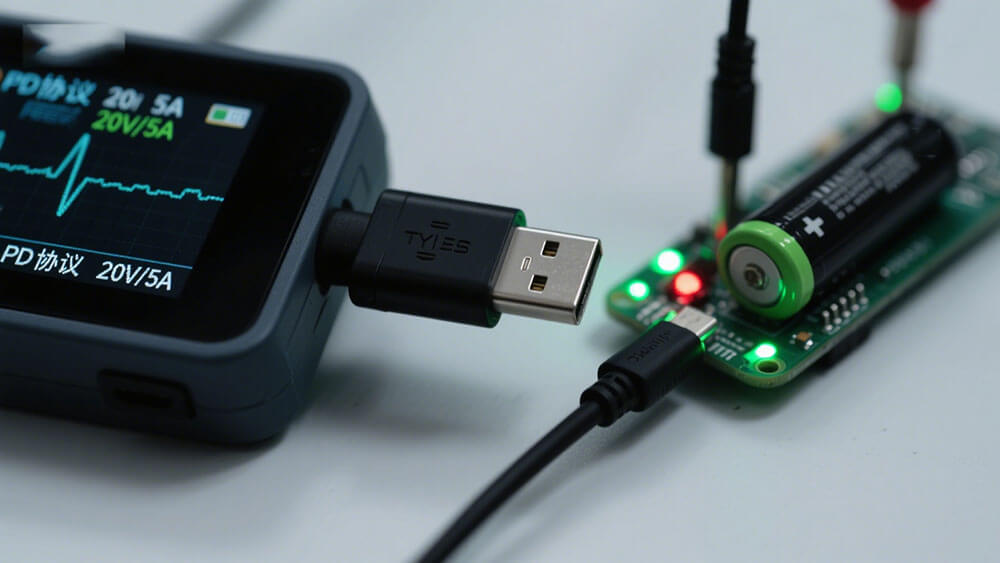
4.1 Battery Management Systems
You should equip your lithium battery packs with a robust Battery Management System (BMS). The BMS acts as the “brain” of your battery, monitoring voltage, current, temperature, and state of charge in real time. This system protects against over-current, over-voltage, under-voltage, and temperature extremes, which enhances safety and extends battery life.
The BMS balances charge across cells, maximizing usable capacity and lifespan.
Advanced BMS solutions now integrate predictive analytics and cloud-based AI for remote monitoring and maintenance scheduling.
Wireless and modular BMS designs improve reliability, especially in industrial and Medical applications.
4.2 Health Checks
You need to perform regular health checks to maintain peak efficiency and safety. Modern diagnostic tools use machine learning and large datasets to predict cycle life and remaining useful life.
Real-time monitoring of key parameters—such as capacity, internal resistance, and power—enables early detection of degradation.
Noninvasive diagnostic techniques, like incremental capacity analysis and electrochemical impedance spectroscopy, support continuous health assessment.
State of Health (SOH) estimation now achieves approximately 2% accuracy, allowing you to plan maintenance and avoid unexpected downtime.
Regular health checks help you optimize battery performance and reduce operational risks.
Diagnostic Method | Benefit |
|---|---|
SOH Estimation | Accurate health monitoring |
Incremental Capacity Analysis | Early degradation detection |
Data-Driven Multistep Diagnosis | Robust, scalable monitoring |
4.3 Cell Balancing
Proper cell balancing is essential for maximizing runtime and extending the lifespan of lithium-ion batteries.
Active balancing strategies minimize energy loss and reduce balancing time, improving efficiency.
Balancing compensates for differences in cell charge/discharge rates, which extends usable discharge time and reduces charging time.
Heuristic-based balancing allows healthier cells to support weaker ones, further increasing pack longevity.
Empirical studies confirm that effective cell balancing increases usable capacity and prevents safety risks.
You now know how to maximize runtime of lithium battery packs in demanding sectors.
Keep charge between 20–80%
Control temperature and avoid high loads
Store at 50% SOC
Use regular maintenance and monitoring
FAQ
1. How often should you perform maintenance checks on lithium battery packs?
You should inspect lithium battery packs every three to six months. Regular checks help you detect early issues and maintain optimal performance in industrial and Medical applications.
2. What is the ideal storage condition for lithium battery packs?
Store lithium battery packs at 50% state of charge in a cool, dry place. This practice prevents capacity loss and supports long-term reliability for robotics and infrastructure projects.
3. Why choose Large Power for custom lithium battery solutions?
Large Power offers advanced BMS, industry-specific designs, and expert consultation. You can request a custom solution here to maximize your battery pack’s runtime and safety.




